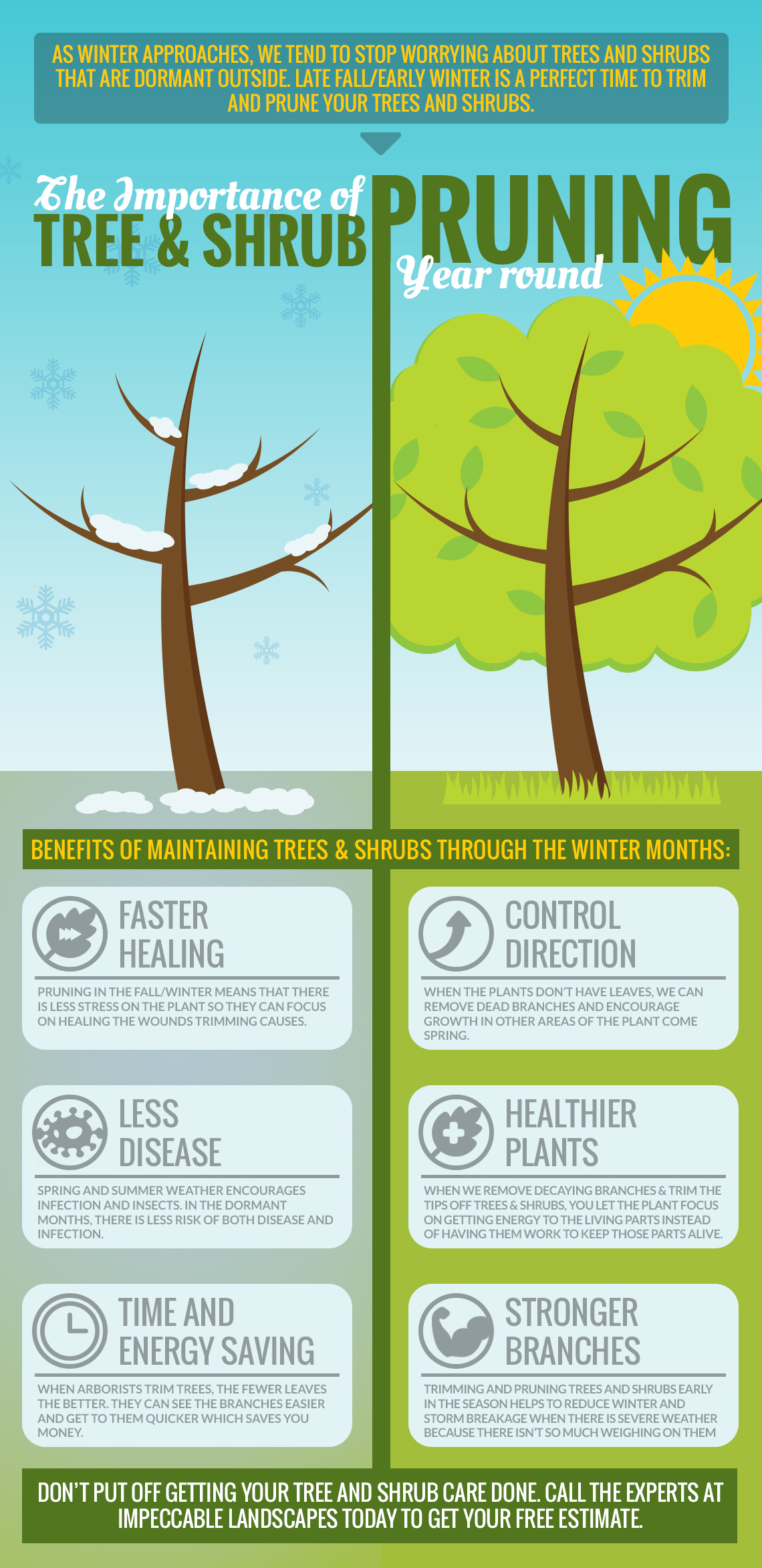Caring For Your Landscape After Tree Elimination Is Essential For Its Reconstruction; Uncover Important Steps To Freshen Your Setting And Avoid Future Issues
Caring For Your Landscape After Tree Elimination Is Essential For Its Reconstruction; Uncover Important Steps To Freshen Your Setting And Avoid Future Issues
Blog Article
Team Writer-Wilcox Cochrane
After a tree's removal, your landscape may look rather different, and it's essential to analyze the consequences very carefully. You'll want to assess the soil disruption and examine surrounding plants for any type of signs of stress. Disregarding these elements can cause bigger issues down the line. So, what should you do with those stumps and origins? And exactly how do you pick the best plants for your rejuvenated room? Allow's explore these crucial actions.
Evaluating the Consequences: Evaluating Your Landscape
After a tree elimination, it's important to assess your landscape to recognize the effect it carries your yard.
Beginning by analyzing the location where the tree stood. Seek indications of soil disturbance, and inspect the bordering plants for any type of stress or damages.
You should also keep in mind of exactly how the elimination has actually transformed sunlight direct exposure and air movement in your garden. This shift can impact the growth of neighboring plants, so it's essential to review their health and wellness.
Consider the aesthetic facets also; the elimination could produce an open space that you can upgrade.
Ultimately, consider any type of prospective disintegration issues that could arise from the tree's lack. Dealing with these factors early will aid bring back balance to your landscape.
Handling Stumps and Roots: Alternatives for Elimination
As soon as you have actually analyzed the results of the tree elimination, you'll likely require to tackle the stump and origins left.
You have a few choices for removal. One efficient approach is stump grinding, where a professional utilizes a machine to grind the stump down to below ground degree. This method leaves marginal disturbance to your landscape.
If you like a do it yourself technique, you can make use of a combination of excavating and chemical stump cleaners. Simply bear in mind, this process can take some time and initiative.
Conversely, take into consideration leaving the stump as an all-natural attribute, which can act as a distinct garden element or habitat for wildlife.
Whatever you select, attending to the stump and origins is essential for recovering your landscape.
Picking the Right Plants for Your New Room
As you analyze your recently removed room, selecting the right plants can dramatically boost your landscape's charm and performance.
Begin by thinking about the sunshine and soil problems. For warm areas, choose drought-resistant plants like lavender or succulents. In shaded Emergency Tree Removal Services , brushes and hostas thrive well.
Think about the dimension and growth practices of your plants; mix perennials and annuals for seasonal range. Do not neglect to incorporate native varieties; they require less upkeep and assistance neighborhood wildlife.
Group plants in strange numbers for a more all-natural appearance and develop layers for aesthetic depth.
Finally, ensure you have a mix of colors and appearances to maintain your landscape lively throughout the periods.
Satisfied planting!
Verdict
In conclusion, recovering your landscape after tree removal is a gratifying procedure. By evaluating the aftermath, resolving stumps and origins, and picking the right plants, you'll produce a successful atmosphere. Do not neglect to integrate disintegration control procedures to safeguard your soil. With a little effort and care, you can change your space right into a lively garden that boosts your building. Welcome https://www.santacruzsentinel.com/justin-white-landscaping-lessons%E2%94%82backyard-blunders-to-avoid-part-2 to rejuvenate your landscape and enjoy the beauty of nature right in your backyard!
